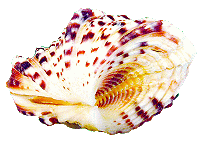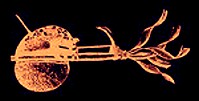From prehistoric times, man has used shells for tools. This practice has been born out by archaeological findings in ancient sites and still carries on even today. Some examples of these shell tools are:
|
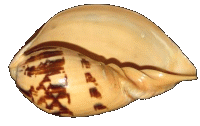 Melo melo |
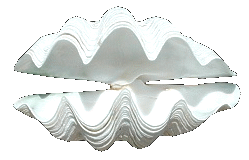 Tridacna gigas |
|
|
 |
|
|
|
|
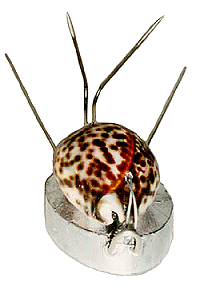 The new taco lure is still used today for fishing octopus |
-
Tweezers, tongs and claspers were made from bivalves (the two halves making them ideal for this!).
-
Farming Tools: Shovels plow blades and hoes for tilling the soil were made from hard, sharpened shell pieces.
- Building tools: designed to split and smooth building and roofing materials such as palm fronds and bamboo canes.
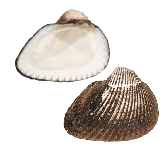 Noetia ponderosa |
Blades and scrapers for cutting and skinning hides were made from shells such as the ark shell (family Arcidae) (Note: Many of the "scientific" names of molluscs came from the author's idea of what the shell looked like. Arcidae, for example, came from the idea that their shells look like miniature versions of Noah's Ark! Many of the early "naturalists" (i.e., people who studied nature) were doctors, and some of the names they gave to interesting shells are quite "naughty", to say the least!!) |
- Adze, knife and axe blades were made from shells with sharpened edges.
|
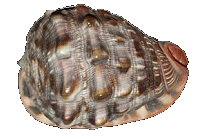 Cassis rufa |
 Strombus gigas |
|
-
Bailing buckets (made from "bailer" shells!!) are still in use by native fisherman in the South Pacific and Australia today.
